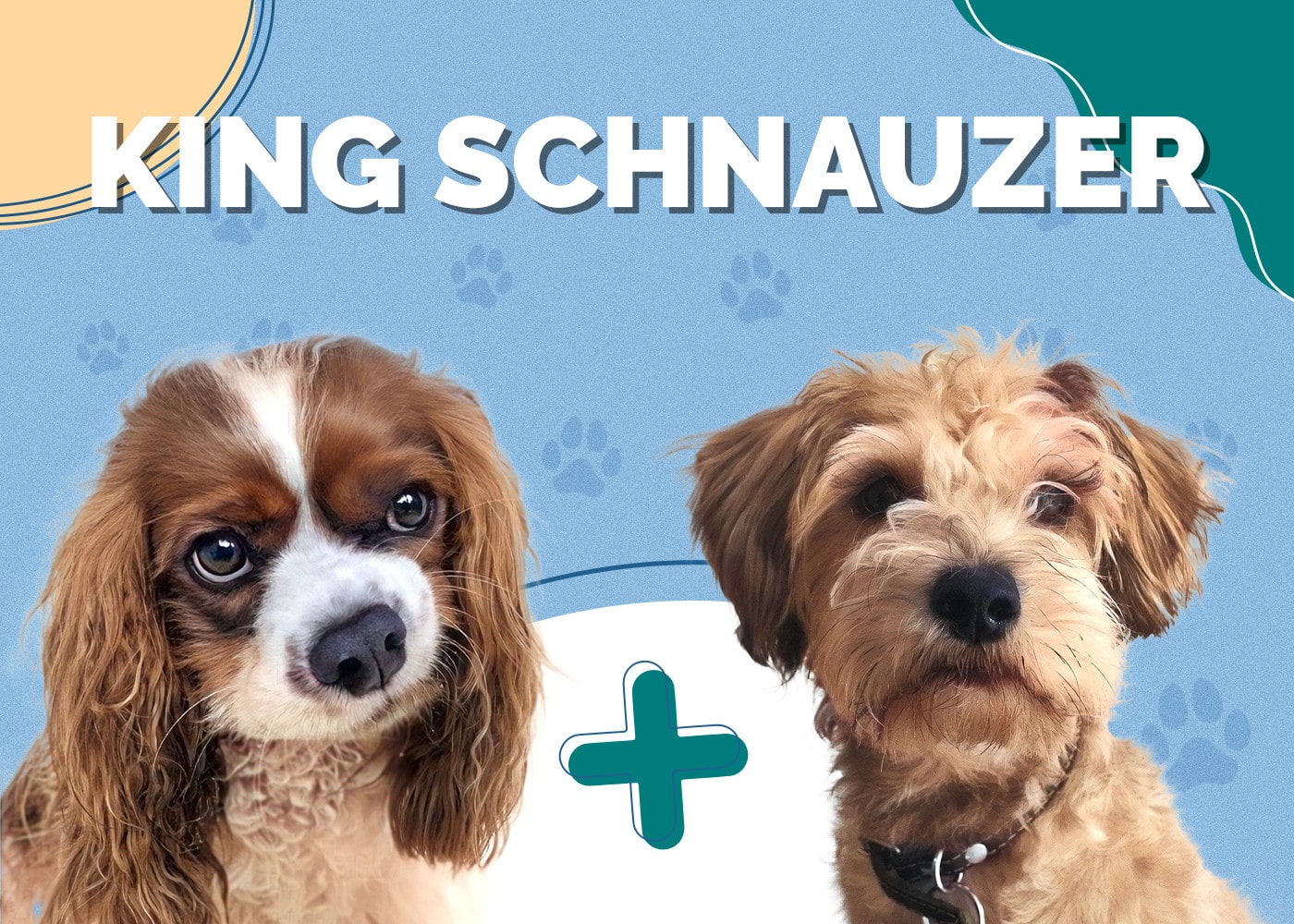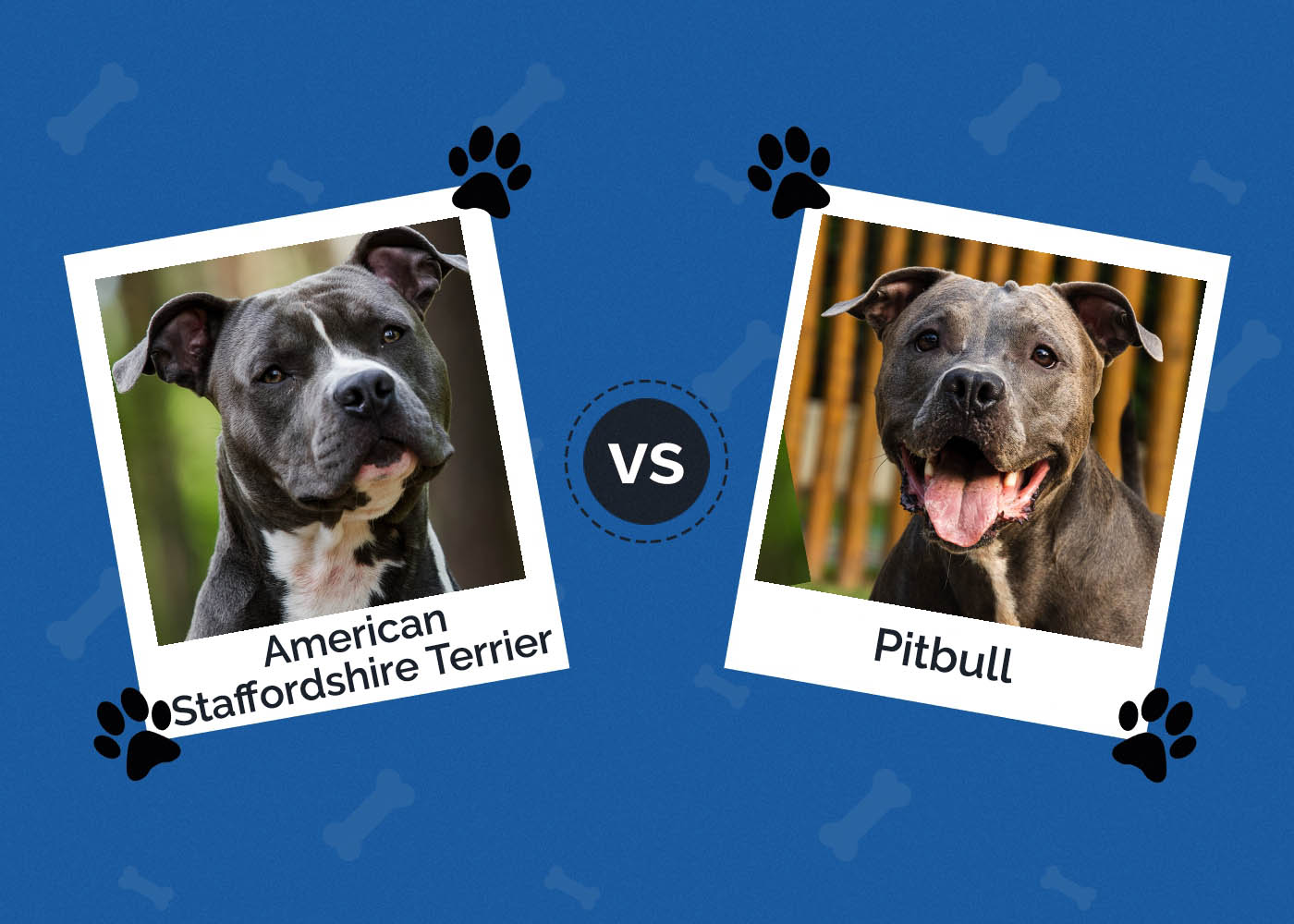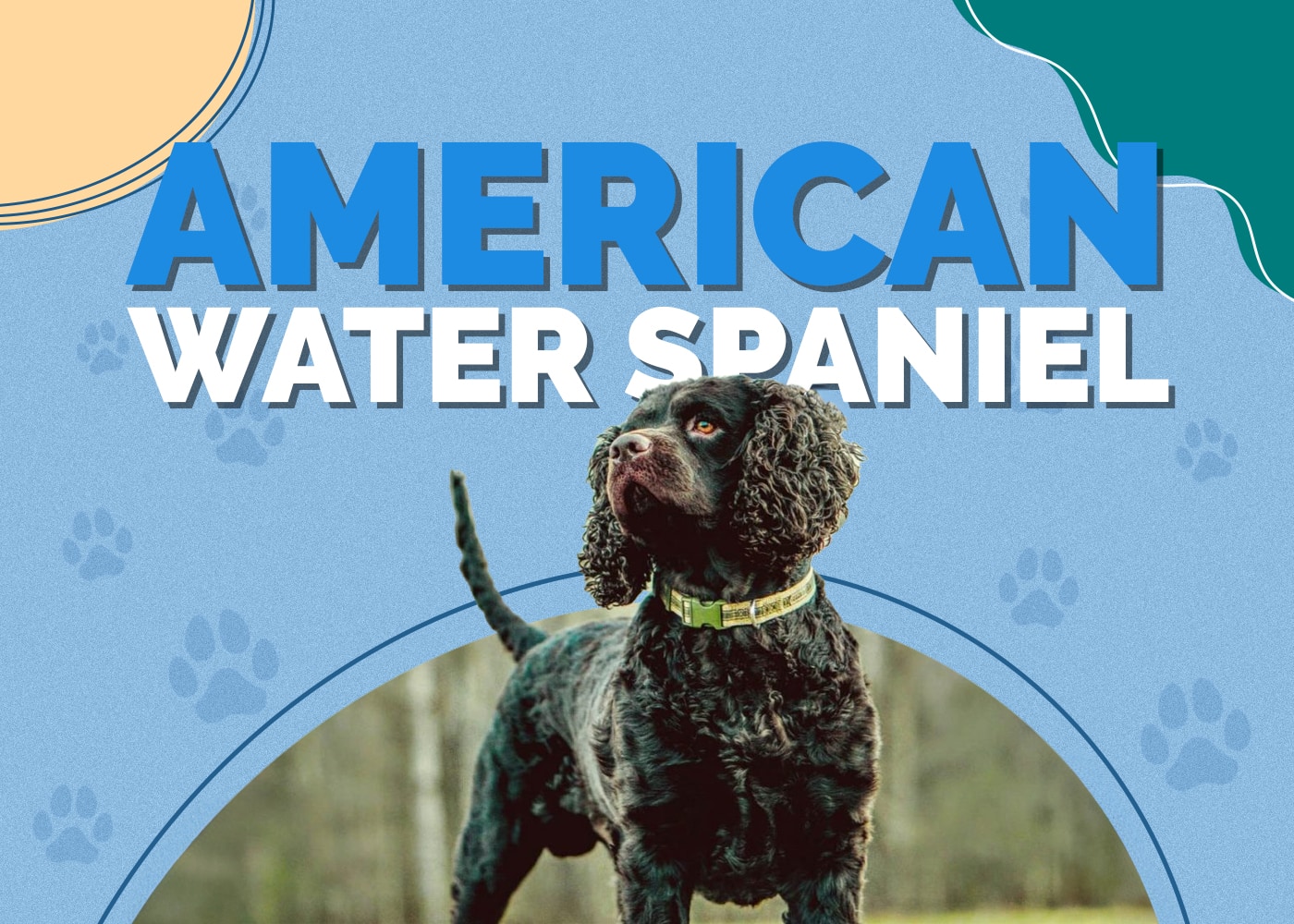Plott Hound: Info, Pictures, Characteristics & Facts

Updated on
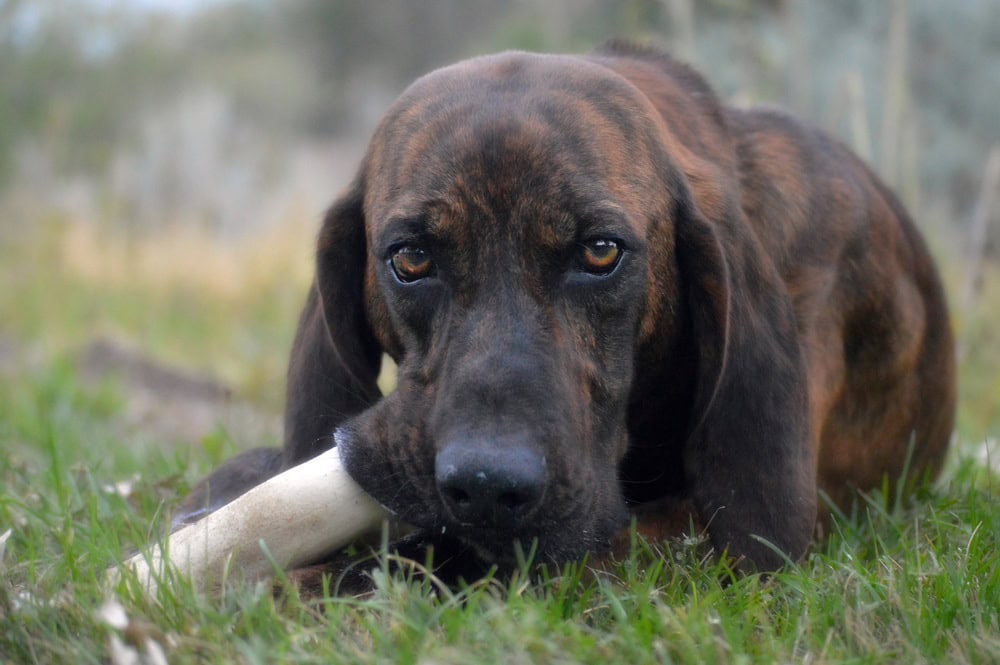
Height:
20-27 inches
Weight:
40-75 pounds
Lifespan:
12-14 years
Colors:
Yellow brindle, red brindle, tan brindle, brown brindle, black brindle, grey brindle, black with brindle trim
Suitable for:
Strong owners without small children, farmers or large landowners, hunters
Temperament:
Confident, Protective, Dominant, Courageous, Headstrong
Not all dogs are designed to be high-maintenance indoor breeds. Some are best suited for an active, outdoor lifestyle, and the Plott Hound is a prime example of this.
They’re registered as coonhounds, according to the United Kennel Club, and only one of two whose lineage doesn’t trace back to the Foxhound. And if given proper shelter, they’ll love nothing more than to live outside with nature — provided they have ample room to roam and stretch their legs.
However, due to their headstrong nature, you as an owner should be experienced with dogs and present yourself as a strong pack leader. And once you’ve done that, you’ll find out just how loyal and protective these hounds can be.
Plott Hound Puppies
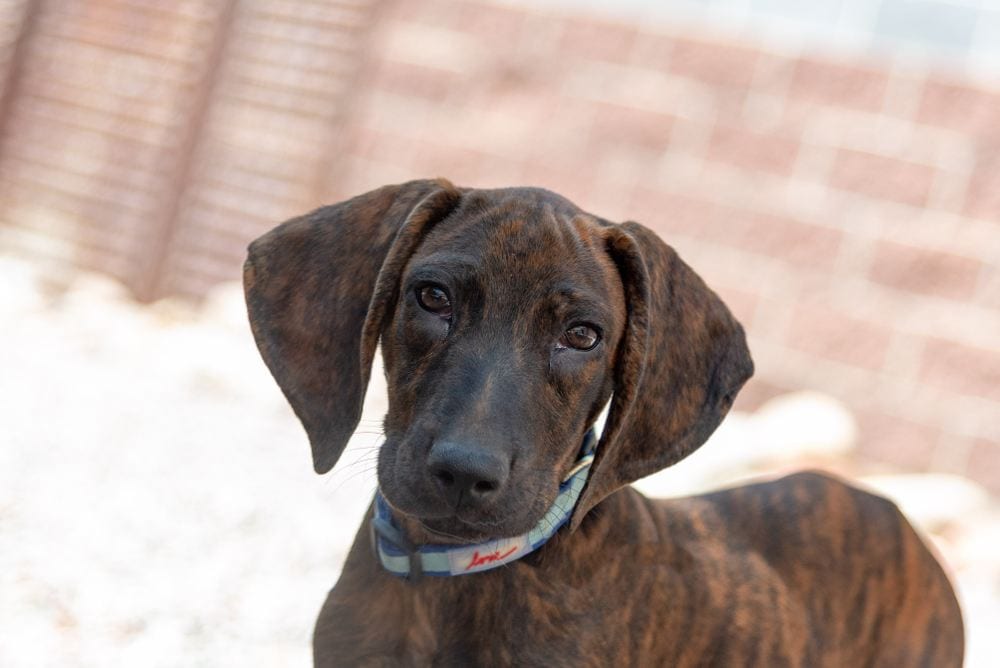
Are you ready for the challenge of owning a Plott Hound? It’s not too much of a challenge, but there are a few things you’ll need to know before you’re ready.
First, these dogs are extremely confident and headstrong. This makes them difficult to train past their adolescent years. Getting them into a proper training program (whether home-based or professional) is crucial for successfully raising your Plott Hound.
Secondly, they’re going to need their space. This breed is far from ideal for apartments, condos, or other forms of close living arrangements. While they may seem lazy indoors, Plott Hounds can be extremely active outdoors, which keeps them physically healthy and mentally stimulated.
And thirdly, if you’re looking for a bark-free dog, the Plott Hound is not it. Their confidence never lets them back down from a challenge. And they’re rather vocal about it. They have a loud open and unrestricted yowl that’s sure to rack anyone’s ears.
But if you can overcome these hurdles, the Plott Hound can become a wonderful addition to your family.
3 Little-Known Facts About the Plott Hound
1. Plott Hounds Are The Official Dog Breed Of North Carolina
Plott Hounds are the only breed of American hound not to originate from British ancestry. In fact, their ancestors hail from German Hanoverian hounds. Even more interesting, they can be traced back to a single owner. In 1750, German immigrant Jonathan Plott settled in North Carolina. It was here that his family began crossbreeding his German hounds with other bloodhounds and curs. And his family continued the tradition for 200 years. In 1946, the family’s dog breed was officially recognized by the United Kennel Club as Plott Hounds. It was in 1989 when the Plott Hound was officially recognized by the North Carolina General Assembly as the Official State Dog of North Carolina.
2. Plott Hounds Were First Trained To Hunt Bear
The Hanoverian hounds that Plott Hounds first originated from were German boarhounds. However, upon arrival to the New World, the Plott family didn’t find an abundance of wild boar, but black bears. And so, the hounds and their offspring were repurposed for tracking and hunting bear. To this day, the Plott Hound is often a hunter’s best friend.
3. Plott Hounds Gained Their Brindle Color Through Crossbreeding With Black And Tan Hounds
Plott Hounds are easily identified through their trademark brindle coats. These coats and colors were acquired through the initial breeding process of Plott Hounds. Crossbreeding the Hanoverian hounds and their offspring with other Black and Tan hounds led to the unique color markings and patterns.
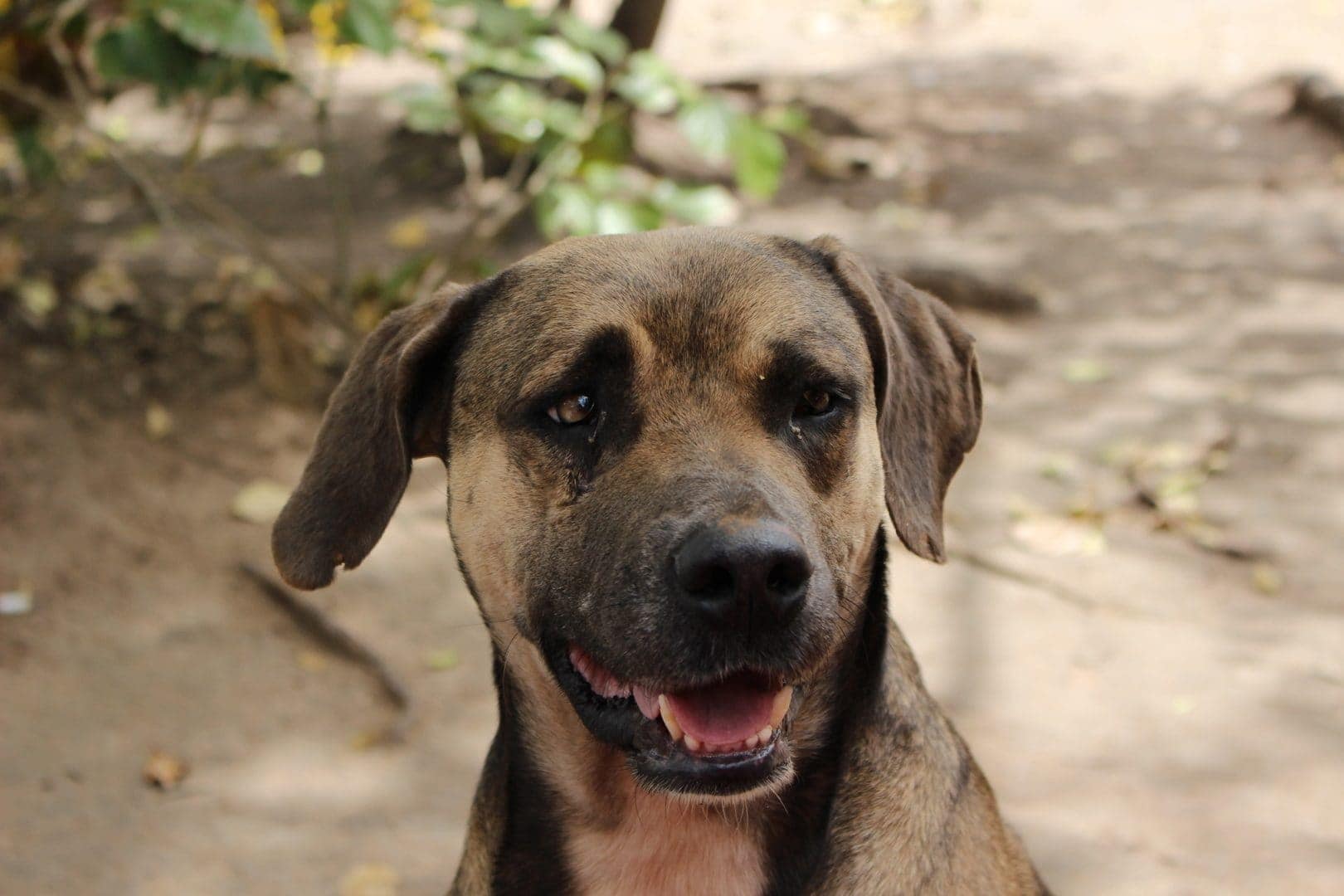
 Temperament & Intelligence of the Plott Hounds 🧠
Temperament & Intelligence of the Plott Hounds 🧠
We’ll be honest — these aren’t necessarily the most intelligent dogs around. They’re definitely smart enough to train for hunting, socialize, and follow basic commands. But don’t expect your Plott Hound to execute complex tasks as you would a Poodle or a German Shepard.
Are These Dogs Good for Families? 🏡
This depends entirely on the family. We do not recommend this breed for families with small, inquisitive children. This dog is extremely protective of not just its family, but its food bowl as well. It’s just too risky for a curious child to try and grab a handful of kibble from the bowl — especially if the dog is eating.
If you have older children who have already been exposed to owning dogs and have learned proper ownership practices, then a Plott Hound is a great choice. They’re loyal to their pack and make excellent watchdogs.
Does This Breed Get Along with Other Pets? 🐶 😽
While this breed might not be super-friendly around strangers, they do surprisingly well with other dogs. But don’t be fooled. Your Plott Hound will quickly begin to assert their dominance as the pack leader. And arguments between your Plott Hound and a “challenger to the throne” could lead to intense interactions.
Things to Know When Owning a Plott Hound:
Properly raising a Plott Hound isn’t exceedingly difficult if you follow a few key guidelines. And once you’ve established your pooch’s position in the family, you’ll have a friend for life.
Food & Diet Requirements 🦴
Plott Hounds are medium-to-large sized dogs, and thus require a larger amount of food than other dogs. They’ll need between two to three cups of good quality food each day. However, you’ll need to portion this out over two or three meals. Plott Hounds are notorious fast eaters too. You may find that their bowl is emptied seconds after you’ve given them food. However, this does not mean they are starving and require much more. We’ll discuss later on how to avoid health issues that can arise as a result of your Plott Hound chowing down too rapidly.
Exercise 🐕
This dog breed is not meant for apartment or condo living. They require open spaces and plenty of great exercise. This doesn’t mean that they’re going be getting the “zoomies” all the time. Instead of short bursts of energy, Plott Hounds have incredible stamina. And they’ll spend hours meandering and tracking smells as they come across. This being said, you’ll need to keep them leashed if you take them out for a walk — unless they’re fenced or in wide-open country. They don’t have the best road sense and have a severe tendency to just wander off.
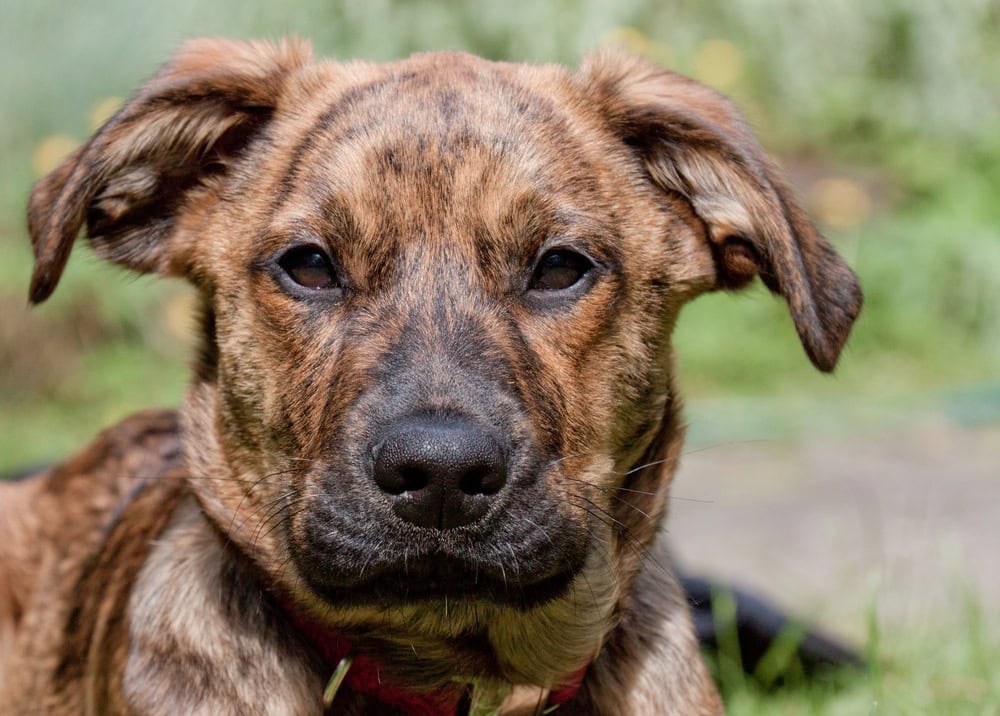
Training 🦮
When it comes to training your new Plott Hound, the key is to start them while they’re young. If you wait too long, their headstrong nature is only going to be that much more difficult to overcome. They’ll also show their dominance more than normal. This is not good for families with children or other animals.
However, if properly trained as pups, they can be just as sweet and obedient as any other dog. And when it comes to other animals, they’ll be super-friendly and sociable. But that’s only if you properly train them.
Grooming ✂️
This is definitely one of the most low-maintenance dog breeds around. They don’t require daily brushings or regular bathing. And if they’re outside dogs, Plott Hounds need minimal nail clipping as well. Their wandering and active nature may naturally file their nails down — depending on the nature of their environment.
Health and Conditions ❤️
Another amazing thing about the Plott Hound is just how healthy they are. They typically don’t suffer from many conditions barring those that come along with the onset of old age. The biggest risk for a Plott Hound is gastric torsion or bloat — and that’s a very avoidable condition.
Gastric torsion can sometimes occur as a result of how fast they eat and the owner’s mistake of overfeeding. Again, Plott Hounds don’t require as much food as they think they do. They’ll eat so fast and believe they need to eat until they pop. By simply sticking to a strict feeding schedule, you shouldn’t have any problem at all. To further prevent this, let your Plott Hound have some time between meals and exercise — particularly after a large meal. Doing this will ensure your dog stays happy and healthy.
- None
Final Thoughts
The Plott Hound is a great hound dog. Its loyal, protective, and makes an excellent watchdog. However, it’s not for everybody. Families with small children should definitely reconsider getting a Plott Hound until their kids have grown old enough to understand the guidelines of living with a dominant, territorial dog.
Also, if you don’t have the land or space required for a Plott, you should look for another breed. These dogs need their open spaces with room to track and explore. They’re just not that well attuned to city life.
But if you’re out in the country, the Plott Hound might be the perfect dog for you — especially if you’re a hunter. And they’re easily kept outdoors provided they have a well-secured and stable structure. Plott hounds are the epitome of a country dog, and that’s where they’ll thrive best.
See Also:
- Golden Indian Dog: Info, Pictures, Characteristics & Facts
- Hokkaido: Info, Pictures, Characteristics & Facts
Featured Image Credit: Kiah Staley, Shutterstock

 Temperament & Intelligence of the Plott Hounds
Temperament & Intelligence of the Plott Hounds 

